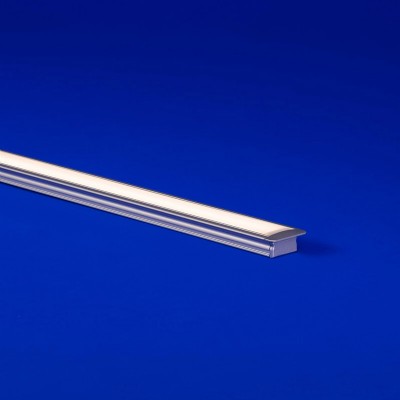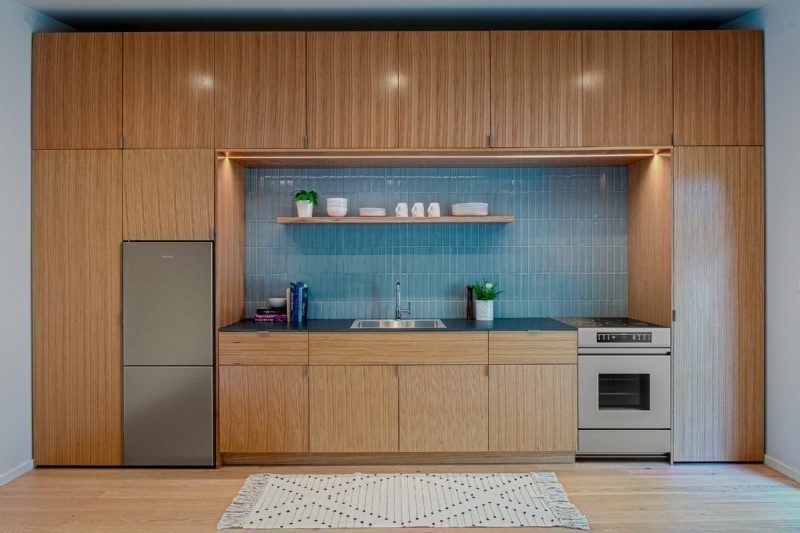
The Jim Vlock First Year Building Project - Yale School of Architecture
Beyond the drafting table: An Innovative Experience for Architecture Students
The Yale School of Architecture is renowned for its innovative and hands-on approach to education, and the First-Year Building Program is no exception. Since 1967, the elite university has given all architecture students the unique chance to design and build a structure as part of their graduate education, typically resulting in a dwelling in a local underprivileged neighborhood. Since 1989, the project has provided affordable housing for more than 50 families; QTL has donated lighting to the project for two consecutive years.
The project’s 2022 construction project, an accessory dwelling unit, highlights important issues in urban planning and architecture: the housing shortage and lack of affordable and entry level domiciles available in the United States. Adam Hopfner, director of the program, describes shelter as a fundamental element to architecture. “When we’re talking about serving a population who has experienced vulnerabilities of perhaps not having shelter, it really foregrounds the importance of making spaces that are both areas of refuge and areas of aspiration. It grounds architecture as a service to people.”
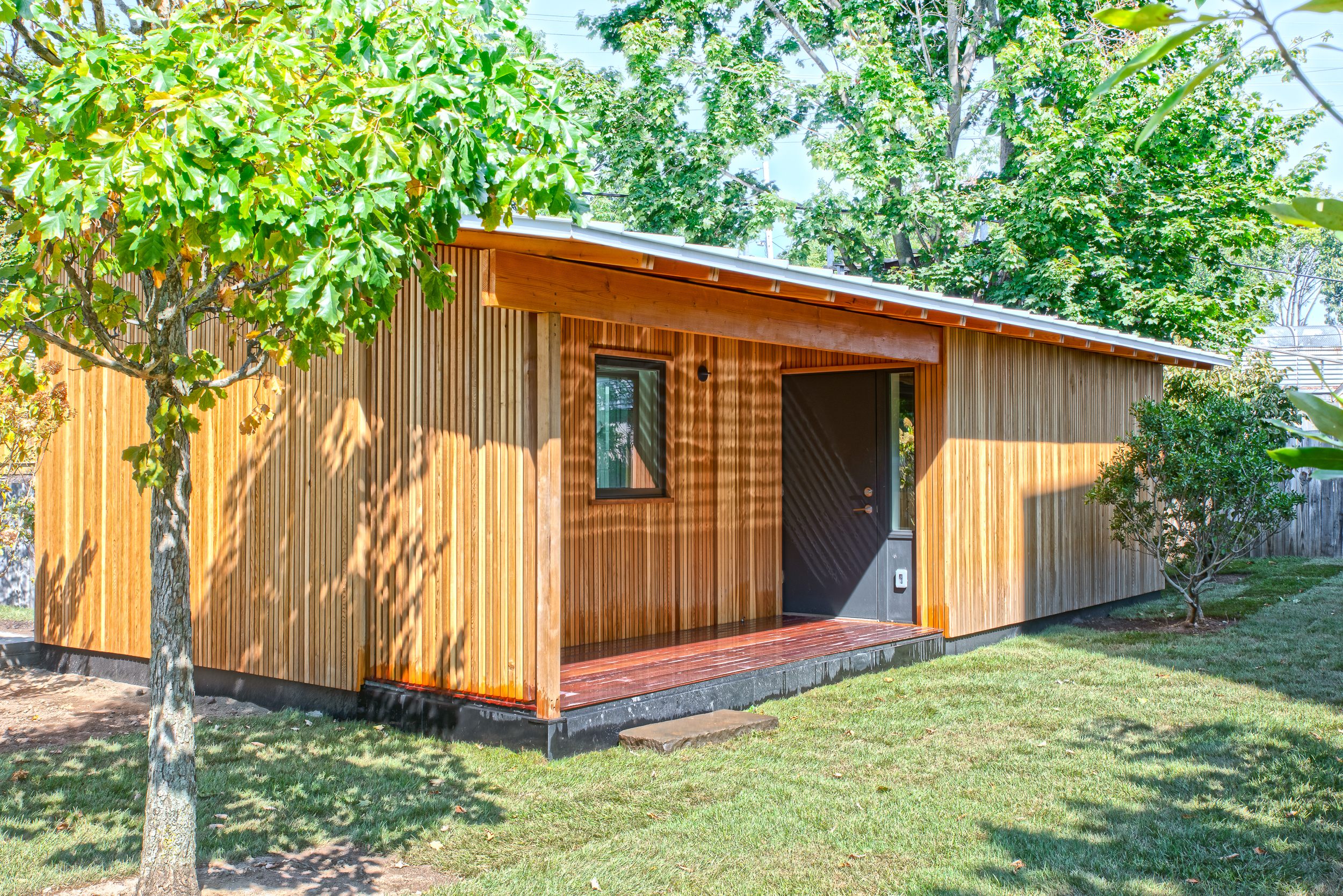
Nicole De Araujo, a student who worked on the dwelling, reflected on the impact lighting had in the space. “Due to the proximity to the railroad, we didn’t put any windows on the back wall to minimize noise pollution. Since we were very limited with natural light, lighting was probably one of the most important things to consider for this project. We paid a lot of attention on how to create a holistic experience of lighting within a small space.”
For this project, the students selected a LALO fixture with a satin finish and a diffused lens for task lighting in the cooking area of the kitchen. This fixture was chosen because its low profile fit seamlessly into the small millwork and provided even glow that is ideal for task lighting. The benefits of using this type of fixture were immediately apparent. The diffused lens helps to minimize glare and eliminate harsh shadows, which made it easier to work in the kitchen.
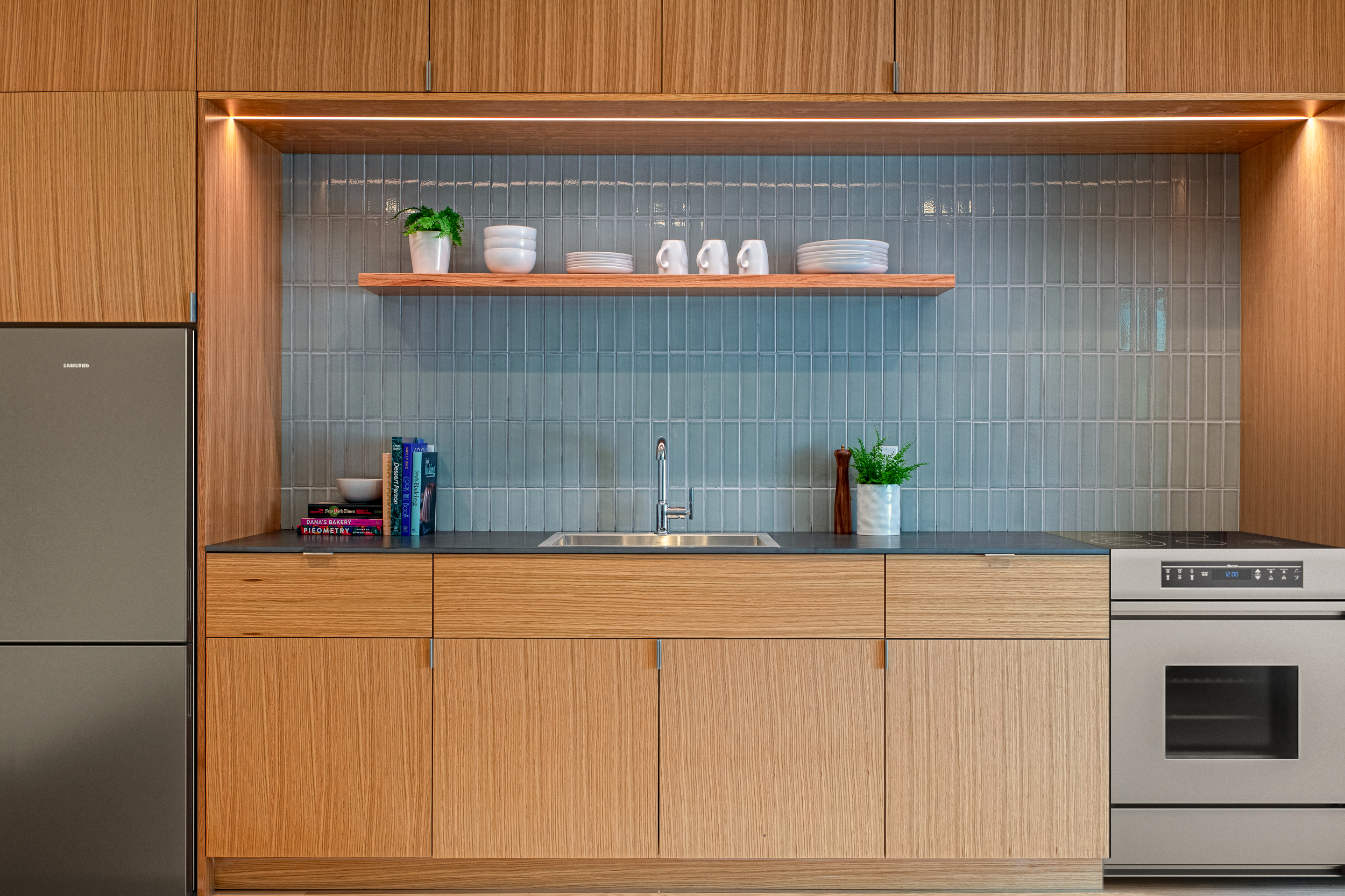
Alexander Kruhly, a practicing architect, and professor at the Yale School of Architecture, expanded on the choice of lighting: “Task lighting is essential to a functional kitchen. We needed low profile fixtures for the custom cabinetry. For our client, practical and functional solutions are paramount. Innovative design is integral, but subservient to this mission.”
Barbara Nasila, another student who worked on the house, explained more about the ambiance they group hoped to instill in the building. “There was a lot of emphasis on trying to make sure that the house didn’t feel small and didn’t feel like a secondary thought, but as a haven where someone could call home.”
The students selected an SW24/3.0 LED strip with a CCT of 3000K to create a cozy, inviting atmosphere. People generally find this color temperature comforting and familiar. Additionally, the 3 watt fixture is relatively low in power consumption, which means it won’t produce a harsh or overly bright light. In a kitchen, where softer, more diffused light is often preferred, a low wattage fixture can create a pleasant glow without overpowering a space. A static white LED is also useful for creating a consistent lighting scheme throughout the kitchen, as well as providing a reliable source of task lighting for activities such as food preparation and cooking.
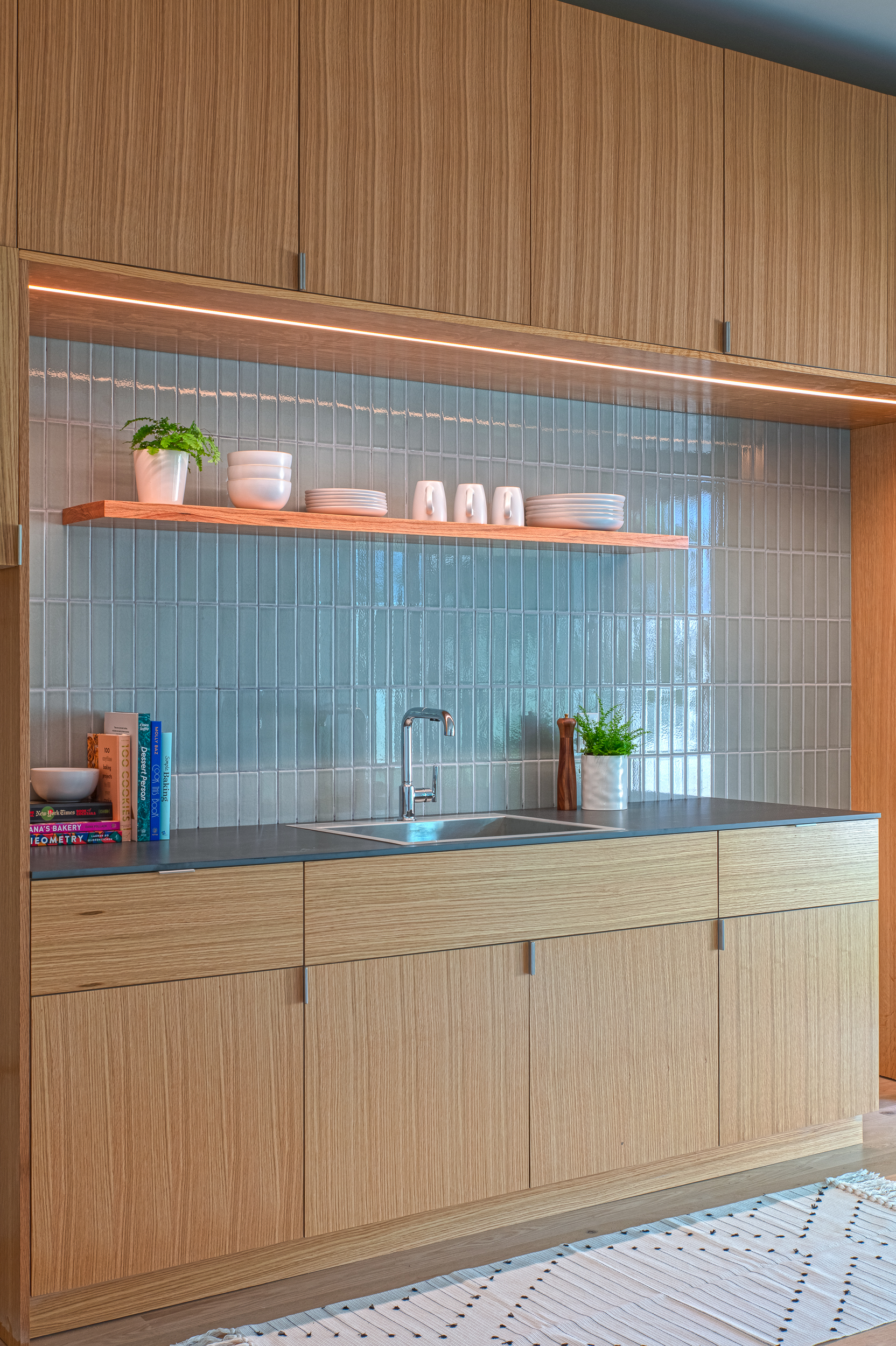
“We try to work with local manufacturers and suppliers when possible,” Kruhly explained. “Its both eco-friendly and in line with the community engagement aspect of the project. We’re very appreciative of our ongoing partnership with QTL.”
QTL returns the sentiment. “Contributing to the community is an important part of our culture,” states Gean Tremaine, President of QTL. “This project allowed us to play a small part in a project dedicated to improving an underprivileged area and allowed us to introduce the lighting community to architecture students. We’re grateful for the opportunity to be involved.”

